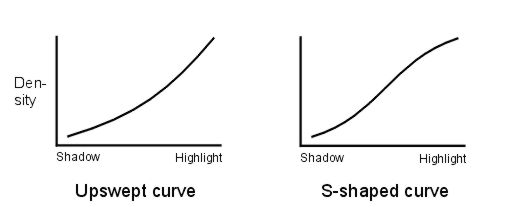helen.HH
To Light & Love ...
Fun, Thanks for that ...
Enjoyed watching the hunt, the framing, the final shot
Merry Christmas ~ H
Enjoyed watching the hunt, the framing, the final shot
Merry Christmas ~ H
Thanks, nice video.
In which city these shots were made?
Which developers did you use, Christopher?
I am asking because I have got normal results with good midtone separation and a linear characteristic curve (measured with a densitometer) with Adox Rodinal 1+74 and Ilford DD-X 1+4.
I've watched the video a couple more times, and find myself more interested in your presentation than in Acros. I've seen a lot of these walkabout shooting videos and feel your technique and editing is among the best. It must have been a lot of work.
My only suggestion is that photographers don't spend so much time looking at the ground. I'd aim the camera up more to simulate the constant scanning that street shooters do when walking.
Really nice job, though. Thanks again for sharing it. And BTW, I also like your tumblr.
John
For how many minutes, I wonder? The reason I ask, is because the recommendations vary. Christopher's website recommends 11 minutes for Rodinal, his favorite developer for Acros. The Massive Dev Chart, which does sometimes contain errors, recommends 13.5 minutes. The now-discontinued Rera Pan 100, which is believed to be repackaged Acros, is supposedly 16.5 minutes. These are all for 1:50 dilution. For the record I find the film rather un-contrasty in normal daylight but the long-exposure night work I've done with it is beautiful

Hope you enjoy
For all you acros fans - what was your favorite conditions for shooting it? My favorite shots came from super high contrast midday sun, but those shots didn't have any midtones

I used to use FP4 but got sick of the paper backing, it was leaving marks and ruined many images after 40 years of using it.



I could see it being very difficult to print. You have a very linear film and a very linear film.
I've been told that Xtol isn't a great developer for printing because of the way it handles the highlights. With Acros I could imagine it would be worse in the highlights but better in the midtones.



